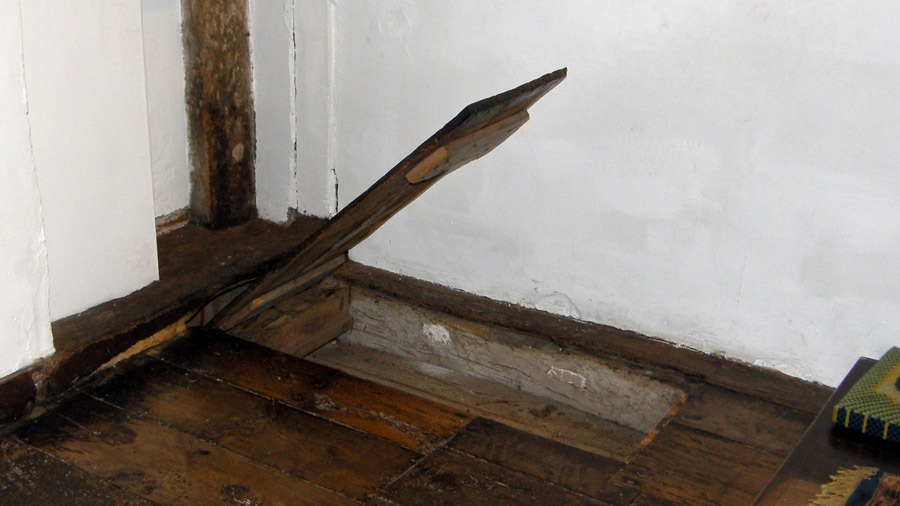The 16th century was a time of strong religious tension.
A priest hole at Oxburgh Hall, Norfolk.
Catholic priests were forbade from entering England, and anyone found giving shelter to them were severely punished.
A connection of informers, spies and priest hunters helped track down Catholic priests in England.
Arrested priests were imprisoned, or tortured and hanged.
Priest holes were often built in fireplaces, behind false walls and under staircases.
More often than not, these secret chambers were tiny with no room to stand up or move around.
During their torturous confinement, food and drink would be scarce and sanitation non-existent.
Sometimes a priest would die in a priest hole from starvation or from lack of oxygen.
He was tortured to death in the Tower of London.
Photo credit:harvingtonhall.com
This hiding place is located behind a false fireplace at Harvington Hall.
Considerable attention was spent on the details including bricks that had been blackened by fire.
Photo credit:Sjwells53/Wikimedia
An entrance to priest hole at Havrington Hall.
Photo credit:Quodvultdeus/Wikimedia
A priest hole at Coughton Court.








